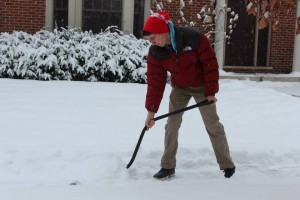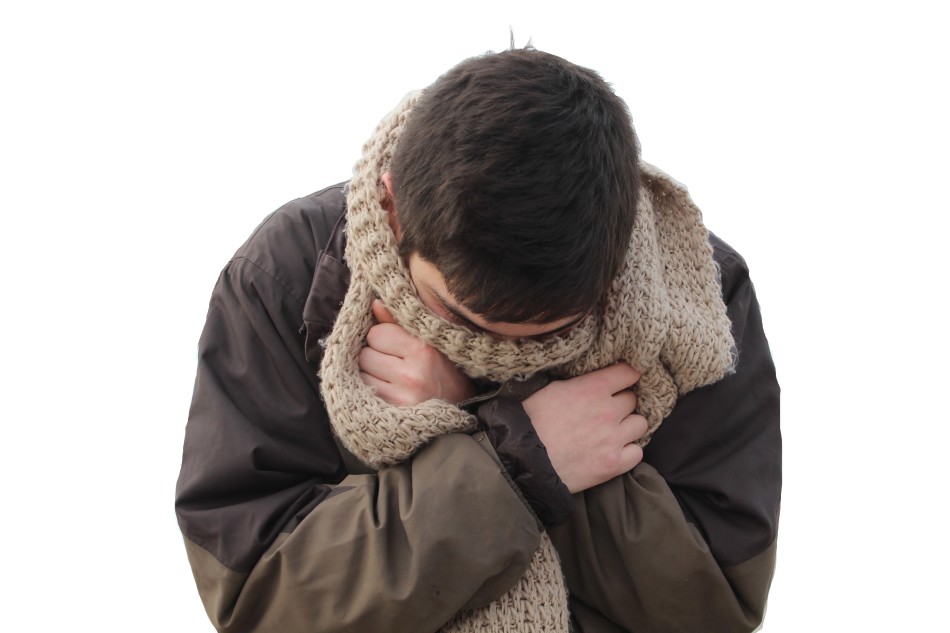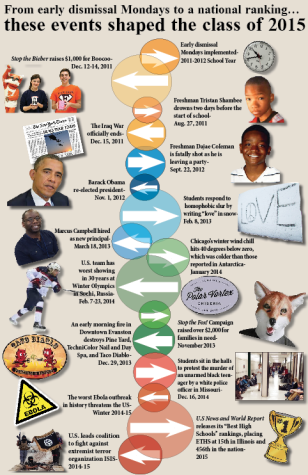Evanstonarctica continues…

When you think of spring, what comes to mind? Definitely not more snow, ice, sleet, and chilly weather.
Due to this season’s extreme weather, “88 percent of the Great Lakes’ was covered with ice,” according to Chicago Tribune. As a result, the ice will slowly melt from the lake, delaying Evanston’s warm spring weather even further.
Extreme cold is nothing new to Chicago-area residents, but the so-called “polar vortex” tested the resolves of students and school officials alike. Commonly used to refer to the extreme cold, Andrew Krein, meteorologist for the National Weather Service, explains “It’s a semi-permanent feature over the Arctic region of low pressure and cold air. During this winter season it shifted further south than it normally would.”
Instead of typical 40-50 degree weather, March and April will continue to endure long-standing cold weather with short intervals of warmth due to this polar vortex. According to accuweather.com, around the third week in March, the cold will transition into a chillier spring.
Nationally, the cold blanketed most of the US, extending as far south as Georgia, where schools were closed for the forecast of precipitation. Evanston was hit particularly badly. Despite Evanston’s notorious reputation of rarely closing school, this year students saw four school closings due to the cold. According to Krein, the school closings were necessary.
Although many relished the extra days off, heavy snowfall and ubiquitous ice created a host of problems for Evanston residents. Plumbing froze, colds ran rampant, and still the low temperatures continued. Many adopted the tag “#Chiberia” to compare Chicago’s weather to Siberia’s.
Just how much snow was there? According to NBC, 68.7 inches fell this winter season, and the Chicago area saw 19 days of subzero temperatures. Despite these chilling statistics, this is only the eighth coldest winter overall. The coldest was in the 1884-1885 season, when Chicago went 25 days with temperatures below zero.
Your donation will support the student journalists of the Evanstonian. We are planning a big trip to the Journalism Educators Association conference in Philadelphia in November 2023, and any support will go towards making that trip a reality. Contributions will appear as a charge from SNOSite. Donations are NOT tax-deductible.






